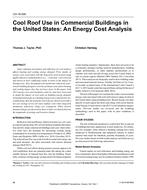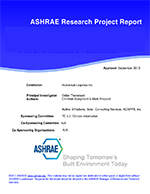Indoor air quality (IAQ) is an important issue from both a social and economic point of view. There are several design strategies that can be used to deliver good IAQ. Controlled ventilation, proper design, and the use of appropriate healthy building materials can provide good indoor air quality if used as part of a holistic design approach (one that emphasizes the importance of the whole and the interdependence of the parts). As part of a complete IAQ design strategy, hygroscopically active materials (so-called breathing walls) can help moderate indoor humidity and thereby reduce the potential for fungal growth on building surfaces. This paper discusses the three basic design strategies for IAQ and the role of breathing walls. The physics of breathing walls are discussed, and the ways in which such walls can improve IAQ are outlined. A research program directed at exploring the properties of a low-density cement-bonded wood fiber (CBWF) is described. The research included material tests, field monitoring of full-scale walls, and computer modeling. Some results of this research are presented and discussed. Supported by calculations and field data, it is concluded that IAQ can be greatly improved by using a holistic approach to building design. Breathing walls made of vapor permeable and highly hygroscopic materials can enhance IAQ when used in conjunction with other strategies.
Units: Dual
Citation: Symposium Papers, Atlanta, GA, 2001
Product Details
- Published:
- 2001
- Number of Pages:
- 7
- File Size:
- 1 file , 830 KB
- Product Code(s):
- D-7152


